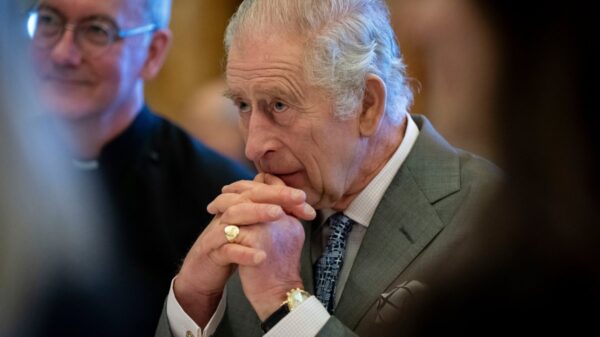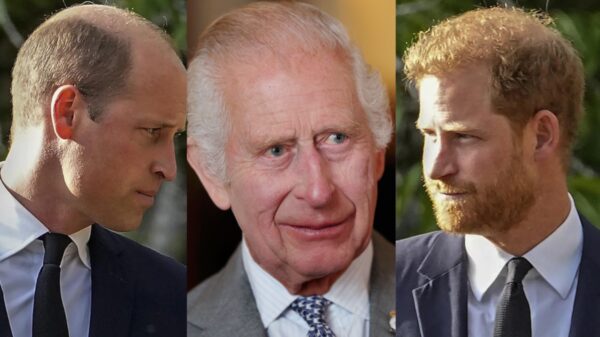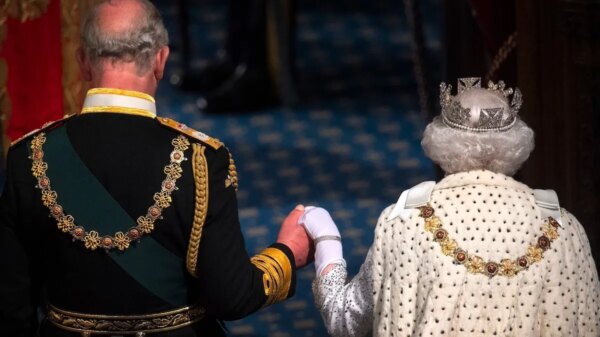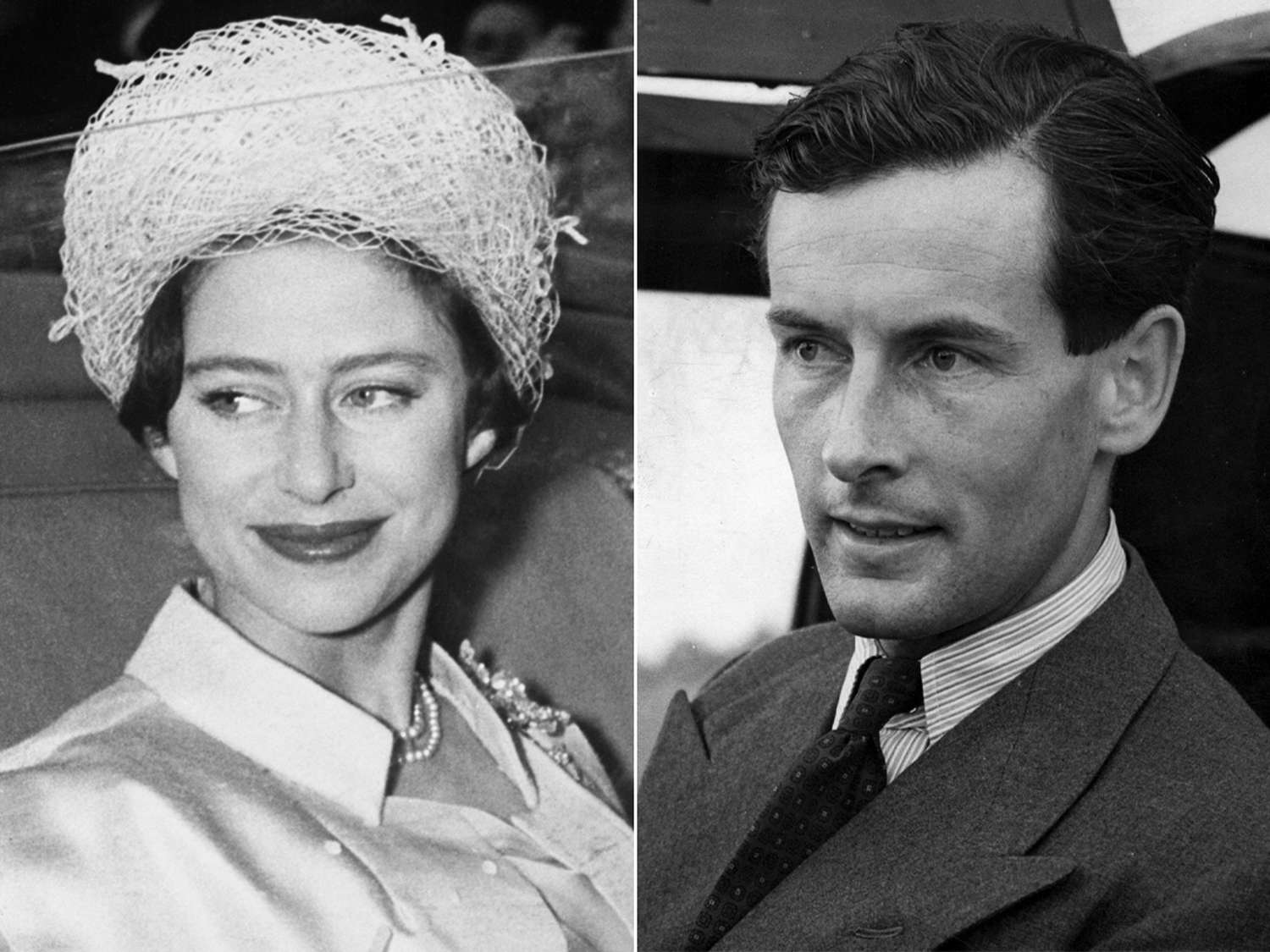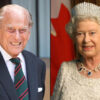In her final days, Princess Margaret grappled with a profound sorrow over her long-lost love for Group Captain Peter Townsend.
Their romance, which began when she was just 22, was marked by societal constraints that ultimately kept them apart.
According to insights shared in a recent documentary, this heartache lingered with her until the end.
The world first caught a glimpse of their connection during Queen Elizabeth II’s coronation in 1953, where the two were seen sharing a tender moment as Margaret brushed lint from Townsend’s shoulder.
Their engagement was announced shortly after, following Townsend’s divorce from his wife.
However, the joy of their union was short-lived.
By 1955, the princess made a heartbreaking decision to end her engagement publicly, citing her duty to the Church and the Commonwealth.
Her choice reflected the rigid social norms of the time; marrying a divorcé like Townsend would have created a scandal.
This poignant chapter of her life has been depicted in various forms, including the popular Netflix series, “The Crown.”
After their split, both moved on to new relationships.
Townsend married Marie-Luce Jamagne in 1959, while Margaret wed photographer Antony Armstrong-Jones in 1960.
Their marriage was notable as it marked the first time in over four centuries that a commoner wed a royal daughter.
However, the choice to marry Armstrong-Jones did not erase the sadness that haunted Margaret.
George Carey, the former Archbishop of Canterbury, shed light on this emotional turmoil in an ITVX docuseries titled “The Real Crown: Inside the House of Windsor.”
During his visit to Margaret on her deathbed in 2002, he noticed a lingering sadness tied to her lost love.
Carey recalled, “She was sad… there were moments when she expressed that sadness.”
He believed that beneath her royal facade, there lay a woman yearning for the love she could never fully embrace.
Their love story was marred by societal expectations and the weight of royal duty.
Margaret first met Townsend in 1947 when she was merely 17.
Their relationship blossomed despite the complications—he was a married man with children.
After his divorce, he proposed to Margaret, but the Church of England’s rules stood in the way.
At the time, divorced individuals faced restrictions on remarrying within the Church.
Even with their deep affection, external pressures forced them apart.
Prime Minister Winston Churchill advised that Townsend be assigned to a diplomatic post in Brussels to distance him from Margaret, yet their feelings endured.
Tragically, the couple’s love could not withstand the pressures of royal protocol.
When Margaret broke off her engagement, she did so with a heavy heart.
In her statement, she highlighted the conflict between her personal desires and her responsibilities.
“I have reached this decision entirely alone, strengthened by the unfailing support of Group Captain Townsend,” she stated, acknowledging the sacrifices involved.
As time passed, both led different lives, but the shadows of their past remained.
Townsend later noted that for Margaret to marry him, she would have had to sacrifice everything—her title, her prestige, and her position within the royal family.
His reflections convey the weight of the choices they faced.
Princess Margaret eventually found herself in a tumultuous marriage with Armstrong-Jones.
Their relationship was brief and ended in divorce in 1978, further complicating her emotional landscape.
By the time she passed away at the age of 71, the echo of her youthful love story lingered, a testament to the complexities of love and duty.
As the nation remembers its royals, the story of Princess Margaret serves as a poignant reminder of the personal sacrifices made behind closed doors.
Her life, intertwined with duty, love, and loss, continues to resonate, inviting reflection on the true cost of royal life.






